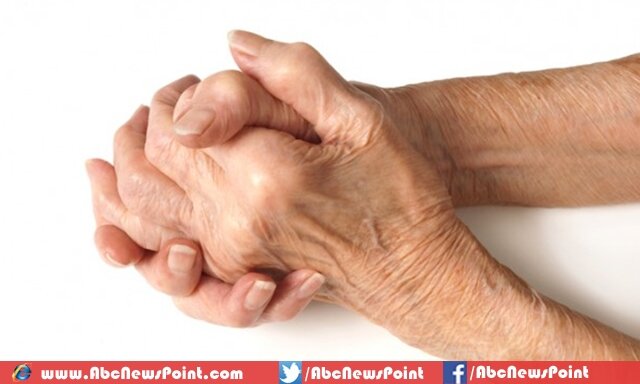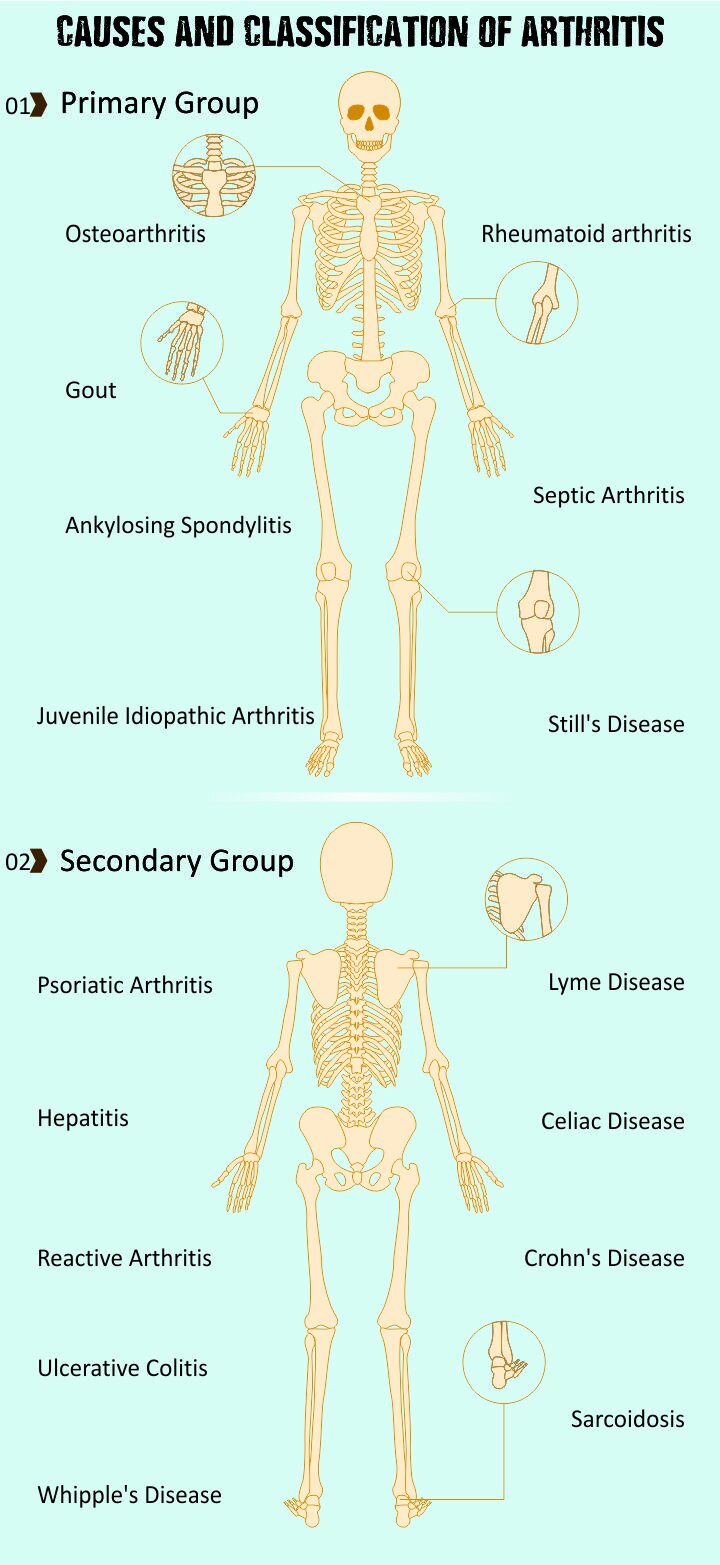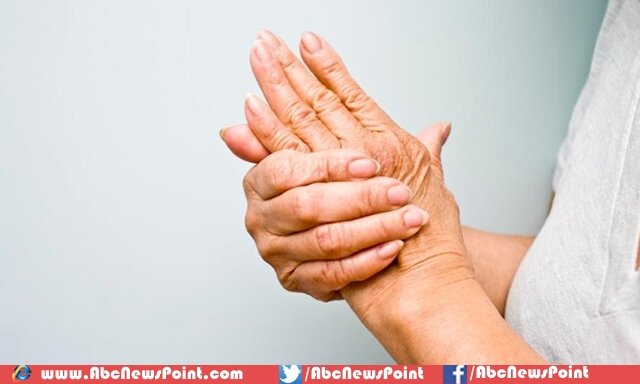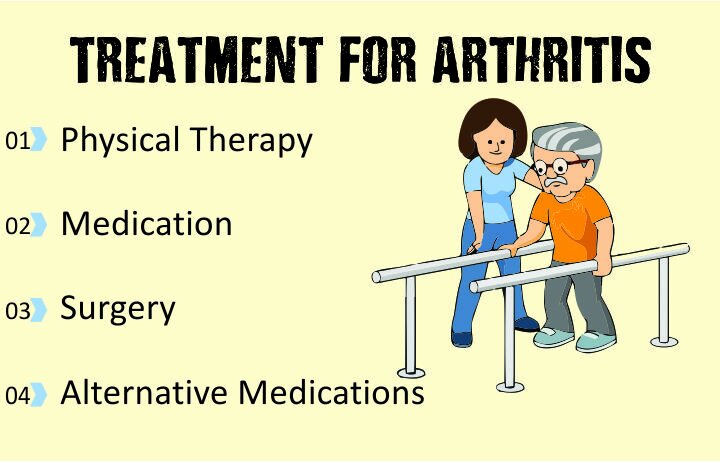ARTHRITIS
Arthritis word itself is of Greek origin i.e. Arthro meaning Joints and its meaning is Inflammation. Arthritis is a type of joint disorder resulting in inflammation of one or more joints. Arthritis is in over 100 different forms. Most common type is Osteoarthritis that occurs due to trauma to the joint, infection or age. Arthritis is the most common of the causes for disability in world. Patients suffering from arthritis experience severe limitation in their daily life. This results in frequent visits for doctors and physical therapy physicians. The disability to perform even routine functions of life make patients home bound which in turns make them physically inactive increasing the risk of them having obesity issues, high cholesterol and heart conditions. Arthritis patient normally complain about constant joint pain localized in affected areas. The types of arthritis can be categorized in the following two groups.

(i) Primary:-
Following are the types in which arthritis tends to be primary case and joint pain is the main feature. General assumption is that when a person has been diagnosed with arthritis he or she has one of the following diseases.
• Osteoarthritis (degenerative arthritis caused by breakdown of joint cartilage and underlying bone)
• Rheumatoid Arthritis (an autoimmune disorder resulting in warm, swollen and painful joints)
• Septic Arthritis (caused by infectious agent invading the joints)
• Juvenile idiopathic arthritis (juvenile is for children before age of 16 and this particular type has no definitive cause )
• Still’s disease (a rare inflammatory disease)
• Gout (swollen joint at the base of big toe)
• Pseudo Gout (resulted due to accumulation of Calcium Pyrophosphate crystals in connective tissues)

(ii) Secondary:-
Often joint pain can be a symptom for some other disease. In this case arthritis is considered to be secondary. These types are as follows.
• Psoriatic Arthritis (people with Psoriasis are most likely to develop this type of arthritis)
• Reactive Arthritis (a type arising from infection in other body part. The bacteria of certain disease can trigger this arthritis)
• Hepatitis (hepatic condition)
• Lyme disease (an infectious disease)
• Inflammatory Bowel Disease (inflammatory condition of colon and small intestine)
• Sarcoidosis (a disease causing collection of inflammatory cells and resulting in nodules in various organs)
• Whipple’s disease
SIGNS AND SYMPTOMS:-

All types of arthritis share a same symptom that is pain which can vary in severity. Arthritis can affect other body parts as well. The following are some symptoms related to arthritis and its secondary diseases.
• Unable to walk or use hands
• Stiffness, severe after waking up or after prolong movements
• Fatigue
• Loss of weight
• Lack of sleep
• Tenderness in muscles
• Difficulty in joint movements
• Uneasiness
• Muscle pain
Arthritis results in movement leading to following secondary effects.
• Weakening of muscles
• Loss in muscle flexibility
• Decrease aerobic fitness (exercises)
RISK FACTORS FOR ARTHRITIS:-

Following are some of the known risk factors for arthritis.
(i) Hereditary:-
Arthritis can be hereditary as some of its type can run in a person’s family. If a person’s parent and sibling suffer from arthritis then he or she is more likely to develop it too. Environmental factors can trigger such genes that hold the arthritis.
(ii) Age:-
Age is the one of biggest risk factor for arthritis. Osteoarthritis, rheumatoid arthritis and gout can come with age. Most of the people suffer from arthritis at age above 50.
(iii) Sex:-
Sex can play an important role in arthritis’s risk factor list. Women tend to have more cases of rheumatoid arthritis than men and gout is most common among men.
(iv) Trauma:-
People injuring their joints while playing sports or due to accident are at high risk to develop arthritis in those joints.
(v) Obesity:-
Obese is the one of most common causes for arthritis. Obesity can cause stress on the hips, spine knee joints putting the person at risk of developing arthritis.
DIAGNOSIS OF ARTHRITIS:-

Diagnosis is performed by a proper health physician. The physicians perform different types of tests like radiology and blood tests. These tests depend upon the suspected arthritis. Arthritis mainly causes pain and this pain is different for each patient based on suspected arthritis and location. History of the patient is the main guide in the diagnosis. The main features of this history include the following.
• Speed and time of pain onset
• Pattern for joint movement
• Symptoms
• Early morning stiffness
• Increased or decreased pain factors
Physical diagnosis confirms the disease or indicates other systemic disease. Radiograph helps in assessing severity.
TREATMENT OF ARTHRITIS:-

There is no cure for Rheumatoid arthritis and osteoarthritis. Treatments vary on type of arthritis and are following.
(i) Physical Therapy:-
Many studies have confirmed the validity of physical therapy. Physical movement of affected joints gives long term relief from pain. Arthritis results in limited joint movement but physical therapy improve function and delay the surgical intervention. Exercises prescribed by physical therapist improve the muscle strength, endurance of pain and flexibility.
(ii) Medication:-
Several types of medications are in use for treating arthritis. Treatment starts with drugs having minimum side effects and further medications are introduced if the first ones are ineffective. Medication depends generally on type of arthritis. The first drug for treatment of Osteoarthritis is Paracetamol. In case of inflammatory arthritis it includes ibuprofen. Rheumatoid arthritis is autoimmune so in addition to pain medications and anti inflammatory drugs DMARDS (Disease modifying anti-rheumatic drugs) are used that reduce the progression of rheumatoid arthritis by acting on immune system. Common example of such drugs is Methotrexate (MTX).
(iii) Surgery:-
Rheuumasurgical Interventions are commonly used for treating rheumatoid arthritis. For osteoarthritis Anthroscopic Surgery is incorporated.
(iv) Alternative medications:-
Other alternative medications involve the following.
• Transcutaneous Electrical Nerve Stimulation (TENS) is a procedure for pain control in case of knee osteoarthritis.
• Low level laser therapy is also in use for reliving arthritis associated pain.
• Pulse Electromagnetic Field Therapy is also in use for pain reliving in cases of arthritis. It is banned in USA but legal in countries like Canada.





















